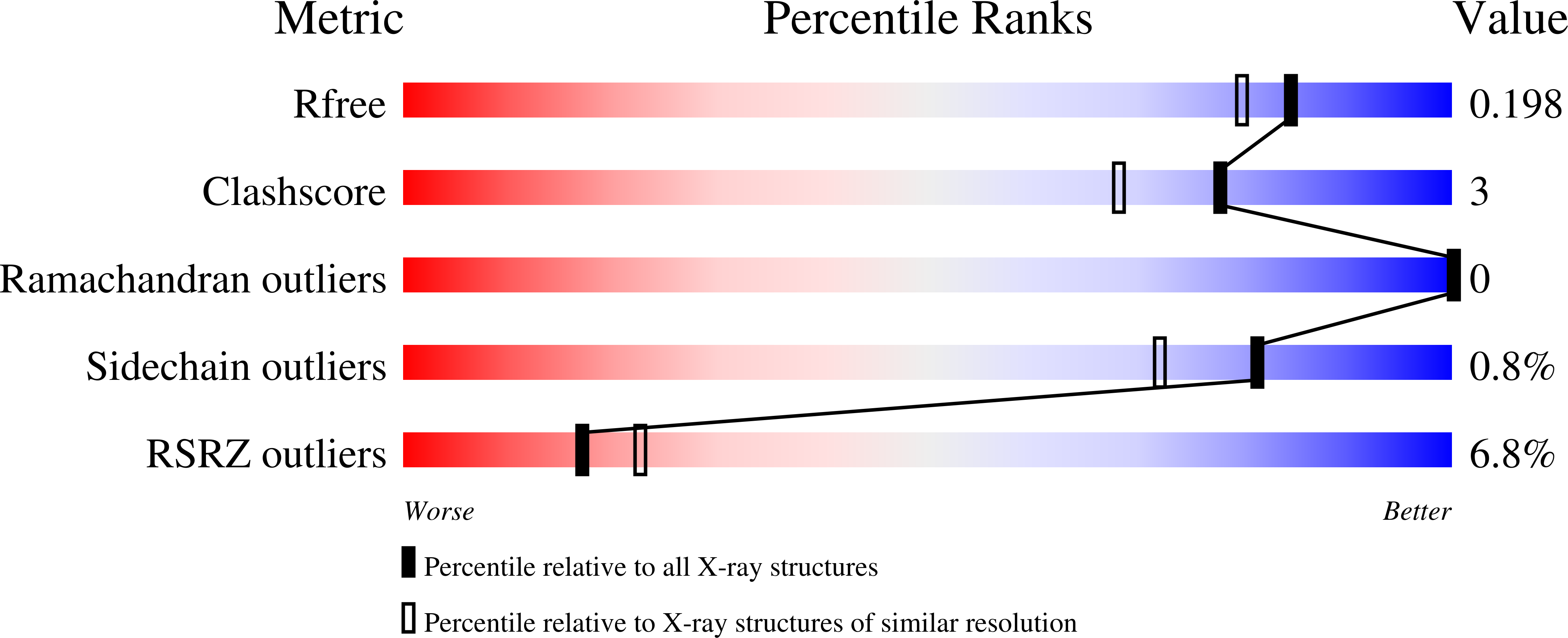
Deposition Date
2020-09-17
Release Date
2020-11-18
Last Version Date
2024-06-19
Entry Detail
PDB ID:
7AED
Keywords:
Title:
VirB8 domain of PrgL from Enterococcus faecalis pCF10
Biological Source:
Source Organism:
Enterococcus faecalis (Taxon ID: 1351)
Host Organism:
Method Details:
Experimental Method:
Resolution:
1.75 Å
R-Value Free:
0.19
R-Value Work:
0.17
R-Value Observed:
0.18
Space Group:
H 3


